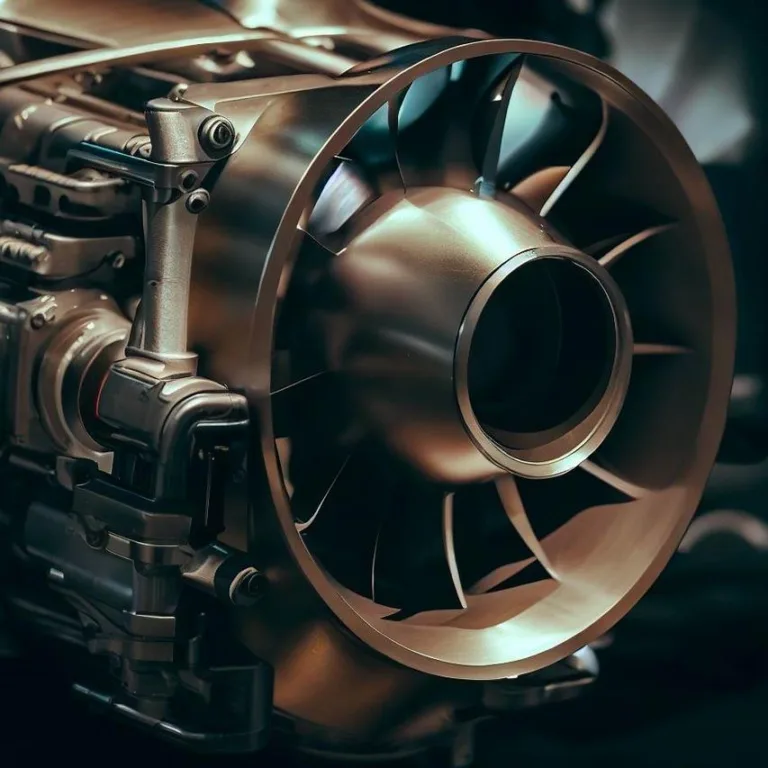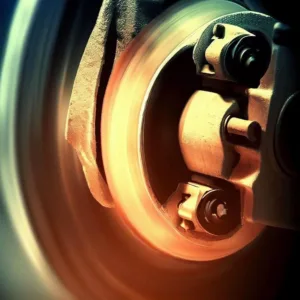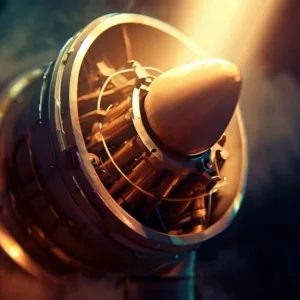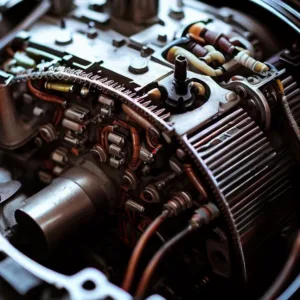Welcome to the electrifying world of Formula 1 racing, where cutting-edge technology, lightning-fast speeds, and precision engineering converge to create the ultimate motorsport spectacle. At the heart of every Formula 1 car lies a marvel of engineering – the F1 motor. This powerhouse of innovation propels the cars to mind-boggling speeds, pushing the limits of what’s possible on the race track.
The Essence of an F1 Motor
An F1 motor, also known as a power unit, is the beating heart of a Formula 1 car. It’s a highly complex assembly that combines an internal combustion engine (ICE), an energy recovery system (ERS), and an energy storage system (ESS). The power unit’s primary goal is to deliver exceptional performance while maximizing efficiency and adhering to strict regulations.
Internal Combustion Engine (ICE)
The ICE is the core component of the F1 motor, responsible for generating power through controlled explosions of fuel and air mixture. These explosions drive the car’s wheels forward, propelling it with astonishing acceleration. Formula 1 ICEs are meticulously designed to be lightweight, durable, and capable of reaching mind-boggling RPMs (revolutions per minute), producing a unique symphony of sound that defines the F1 experience.
Energy Recovery System (ERS)
The ERS is a critical component that harnesses energy from various sources during braking and stores it for later use. It consists of two main parts: the MGU-K (Motor Generator Unit – Kinetic) and the MGU-H (Motor Generator Unit – Heat). The MGU-K converts kinetic energy produced during braking into electrical energy, while the MGU-H captures heat energy from exhaust gases. This recovered energy is then stored in the Energy Storage System.
Energy Storage System (ESS)
The ESS, often referred to as the battery, stores the harvested energy from the ERS. This stored energy can be released to provide an additional power boost to the car, commonly known as „overtake mode“ or „push-to-pass.“ The ESS plays a crucial role in strategic racing, allowing drivers to make daring overtakes or defend their positions with extra bursts of speed.
The Pursuit of Performance
In Formula 1, the pursuit of performance is relentless. Engineers and teams constantly refine and innovate their F1 motors to gain a competitive edge on the track. Aerodynamics, materials science, and computer simulations all contribute to the evolution of F1 power units. The goal is not just raw horsepower, but a harmonious blend of power, efficiency, and reliability that can withstand the grueling demands of race weekends.
Frequently Asked Questions (FAQs)
Q: How much power does an F1 motor produce?
A: An F1 motor can produce around 1000 horsepower, making it incredibly powerful and able to accelerate from 0 to 60 mph in less than 2 seconds.
Q: Are there any restrictions on F1 motor development?
A: Yes, Formula 1 imposes strict regulations on power unit development to ensure a level playing field and control costs. These regulations dictate factors such as engine displacement, fuel flow, and the number of power units allowed per season.
Q: What fuels do F1 motors use?
A: Formula 1 currently uses hybrid power units that run on a mix of high-octane gasoline and electricity generated by the ERS. The combination of these two power sources optimizes both power and efficiency.
Q: How do F1 motors contribute to road car technology?
A: The technology developed in F1 power units often trickles down to road cars, leading to advancements in fuel efficiency, hybrid systems, and overall engine performance. F1 serves as a proving ground for cutting-edge automotive innovation.
Closing Thoughts
The F1 motor stands as a testament to human ingenuity and engineering prowess, embodying the spirit of competition and pushing the boundaries of what’s possible. From the roar of the engines to the strategic deployment of energy, every facet of the F1 motor contributes to the adrenaline-pumping spectacle that is Formula 1 racing. As the sport continues to evolve, the F1 motor remains at its epicenter, driving progress both on and off the track.
Pozri tiež:
- HTP Motor: Unveiling the Power and Potential
- DC Motor 12V: Unleashing the Power of 12-Volt Direct Current Motors
- Suzuki Grand Vitara 1.9 DDIS: Unveiling Excellence in Performance and Comfort
- Boxer Motor: Innovative Engineering for Efficient Performance
- Suzuki DL 650 V-Strom: Your Ultimate Adventure Companion






